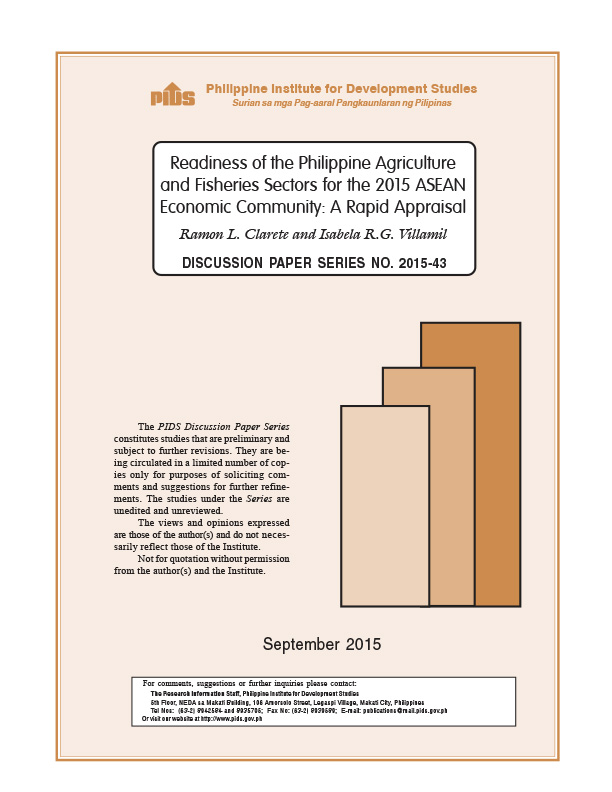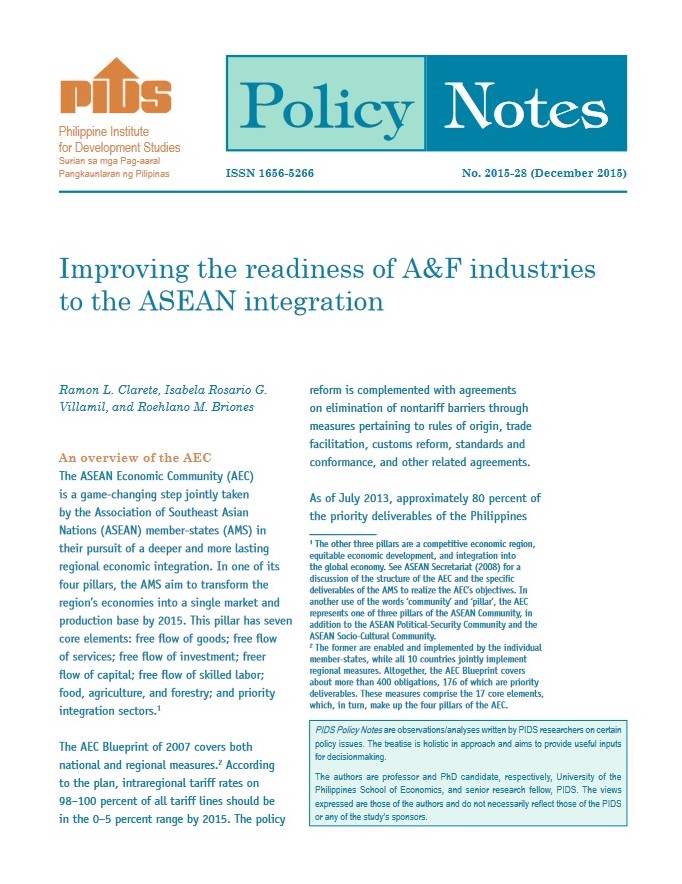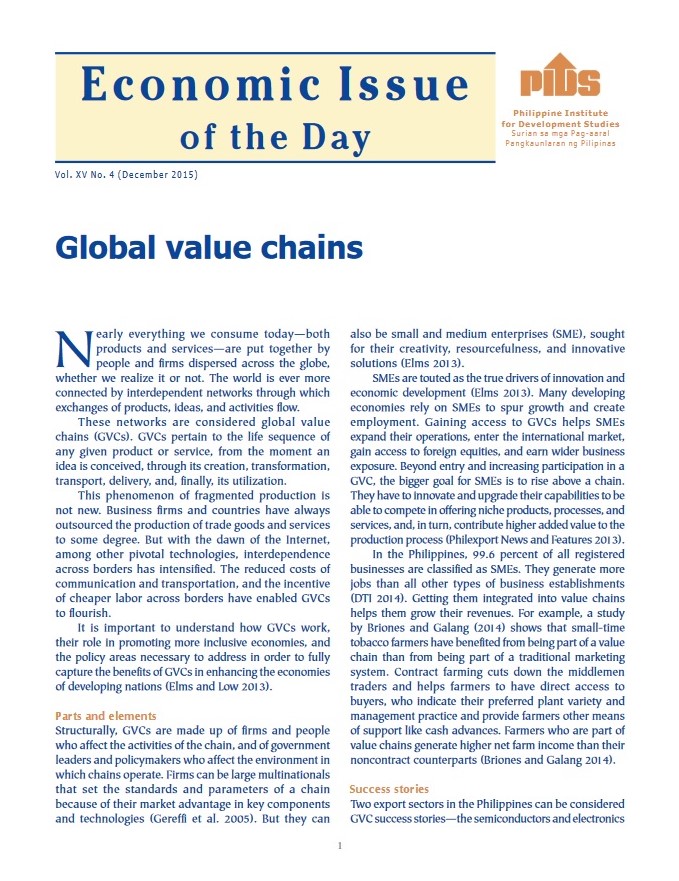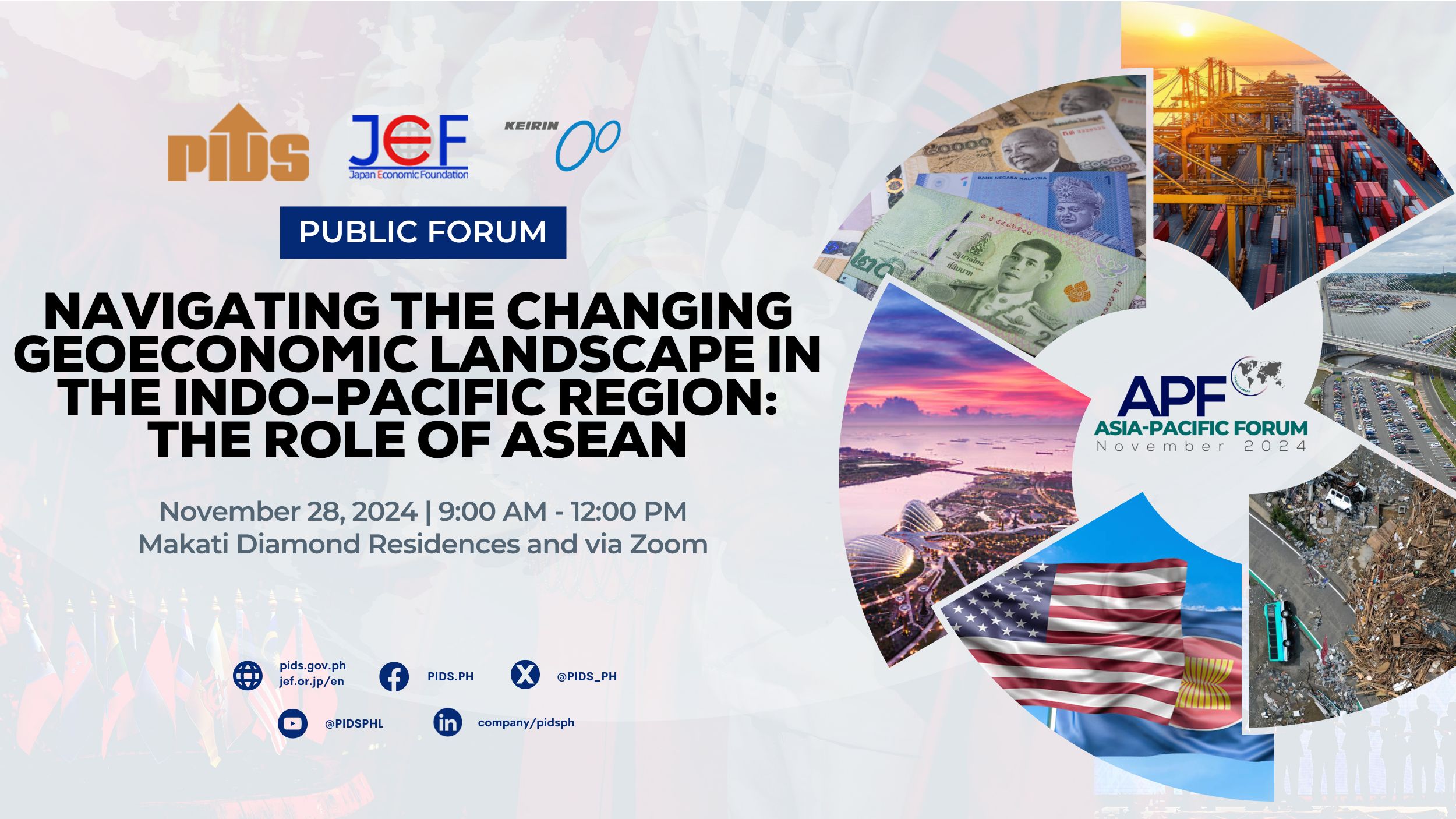The top 10 Philippine exports to ASEAN are currently electrical and electronics (59.5 percent share); machinery (11.4 percent); vehicles (5.1 percent); mineral fuels and oils; optical, photo and medical apparatus; copper; tobacco and products; cereals products; rubber products; and fertilizer. Still, the ASEAN market holds a lot of promise. Altogether, micro and SMEs generate 62 percent of employment and 35.7 percent of value-added. Including the Philippines, the region packs a lot of purchasing power: an average GDP per capita of $ 3,744. The ASEAN Economic Community blueprint (2008-2015) wants SMEs to tap this wealth, one of the rationale for the economic community — along with a single market and production base and becoming an economic powerblock, said Jeremiah C. Reyes of the ASEAN Desk, Bureau of International Trade Relations, Department of Trade and Industry (DTI). With a special focus on SMEs, the Philippine approach to free trade consists of calibrated liberalization: faster for those who want to expand their markets and a slower pace to allow smaller firms adjust, he said during a conference for SMEs convened by the Department of Science and Technology’s National Capital Region office. In 2012, over P10 million worth of technical assistance has been extended to SMEs and cooperatives in Metro Manila, said Dr. Teresita C. Fortuna, DOST Regional Director, in a bid to make them more efficient and profitable so they can generate more jobs.One of the most promising markets are services, the fastest growing sector in the Philippine economy, said Dr. Erlinda M. Medalla, a Senior Research Fellow at the Philippine Institute of Development Studies. Services accounted for 55.8 percent of GDP for the First Quarter of 2013 and now employs 52.6 percent of the labor force.
Already, seven major professional services have been opened up within ASEAN — engineering, accountancy, nursing, dentistry, medicine, architecture and surveying.












